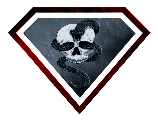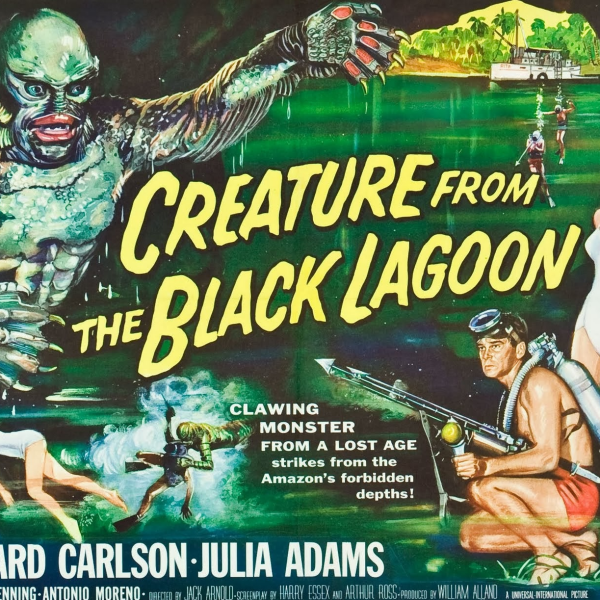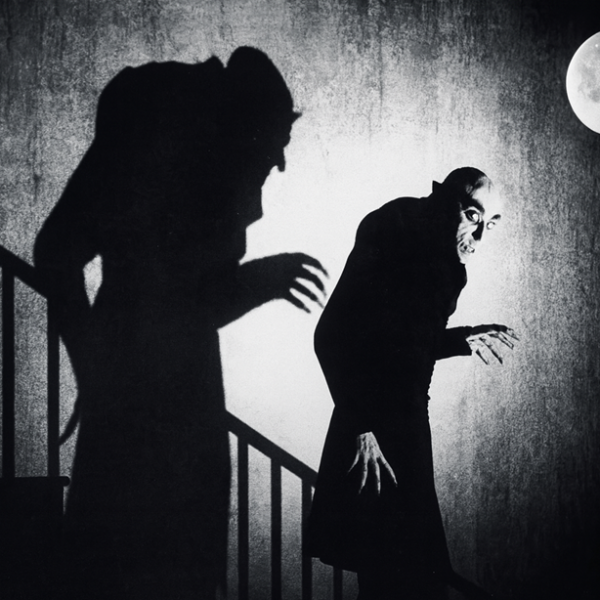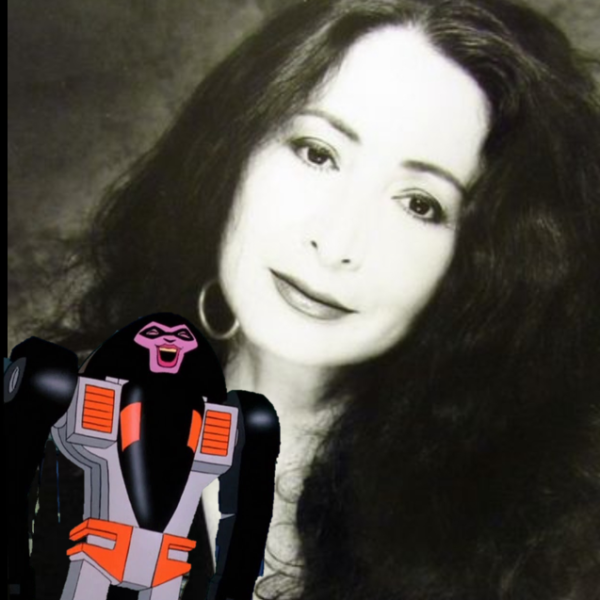October Monster Mash: “Terror on Ice!” – The Thing from Another World (1951)
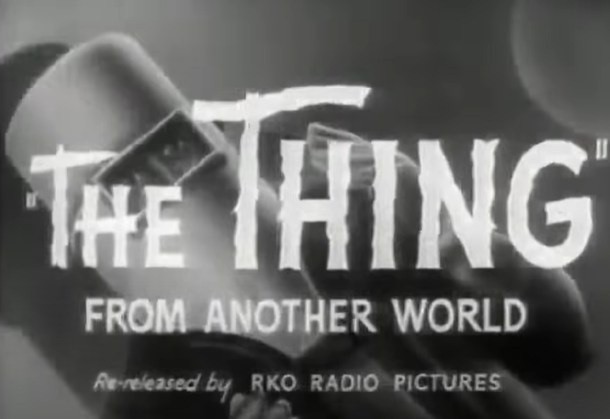
The Cold War Meets Cold Fear
Long before John Carpenter’s 1982 version terrified audiences with grotesque body horror, The Thing from Another World (1951) froze the imaginations of moviegoers with a different kind of terror — unseen, intelligent, and unrelenting.
Produced by Howard Hawks and directed by Christian Nyby (with Hawks heavily influencing the production), the film took its cue from John W. Campbell Jr.’s 1938 novella Who Goes There? and crafted one of the first truly great science fiction horror films of the Atomic Age.
Set not in deep space but on Earth’s final frontier — the frozen Arctic, the movie fused suspense, military grit, and scientific curiosity into a story that defined an era’s anxieties: the fear of the unknown, the mistrust of science, and the sense that humanity was teetering on the edge of something it couldn’t control.
The Story: Isolation and Intrusion
The film opens with a U.S. Air Force crew flying to a remote scientific outpost in the Arctic after reports of a mysterious crash. What they discover buried beneath the ice is beyond imagination — a flying saucer, perfectly preserved beneath the frozen surface.
When the crew accidentally destroys the craft while trying to thaw it out, they recover something else — a body, frozen in a block of ice. They bring it back to base for study, unaware that they’ve just unleashed an extraterrestrial nightmare.
As the ice melts, the Thing — played by a young James Arness (later of Gunsmoke) — awakens. It’s a tall, humanoid being with regenerative powers and a thirst for blood. But here’s the twist: the creature isn’t animal at all — it’s a plant-based life form, feeding on human plasma to survive.
Science vs. Survival
The real tension in The Thing from Another World isn’t just man versus monster — it’s science versus military instinct, curiosity versus caution.
Dr. Carrington, the head scientist, sees the creature as a historic opportunity to learn and communicate. Captain Hendry, representing the military, sees it as an immediate threat that must be destroyed. Their clash reflects the growing tension of the 1950s — between the pursuit of knowledge and the fear of what that knowledge might bring.
This conflict drives the film’s central theme: in an age of atomic experimentation and technological leaps, was humanity advancing too quickly for its own good?
“Keep Watching the Skies!”
The Thing itself isn’t shown often, but its presence is always felt. The dim lighting, the howling winds outside, and the claustrophobic interiors create a sense of inescapable dread.
When it finally attacks — crashing through doors, tossing men aside, set ablaze in one of cinema’s first full-body fire stunts — the result is pure adrenaline. Unlike the shapeshifting horror of later versions, this Thing is a force of nature — brutal, implacable, and utterly alien.
Howard Hawks’s signature overlapping dialogue, brisk pacing, and ensemble camaraderie give the film a realism that makes the horror hit even harder. The characters feel like real people — brave, sarcastic, terrified — trying to make sense of the impossible.
The film ends on one of the most iconic notes in science fiction history: a radio broadcast warning the world —
“Keep watching the skies!”
Those four words became a mantra for an entire generation living under the shadow of the unknown, whether from outer space or the nuclear threat of Earth itself.
A Legacy Frozen in Time
The Thing from Another World was both a box office success and a genre milestone. It inspired countless imitators and paved the way for 1950s sci-fi paranoia classics like Invasion of the Body Snatchers (1956) and The Day the Earth Stood Still (1951).
It also marked the transition of horror from gothic castles to scientific laboratories and Arctic outposts — from superstition to science.
When John Carpenter remade it in 1982, he honored the original’s themes but transformed them into a visceral nightmare of identity and infection. Yet, for all its gore and groundbreaking effects, the original still holds a unique power — it’s lean, intelligent, and chillingly human.
Conclusion
As part of our October Monster Mash, The Thing from Another World stands as a cold, cautionary tale of science unbound and curiosity turned catastrophe.
In the flicker of the Arctic lights, humanity meets its match — not in teeth or claws, but in intellect and will.
So as you bundle up this October, listen closely to the wind. Because somewhere out there, in the endless white of the world’s last wilderness…
The Thing still waits.
“Keep watching the skies!”
